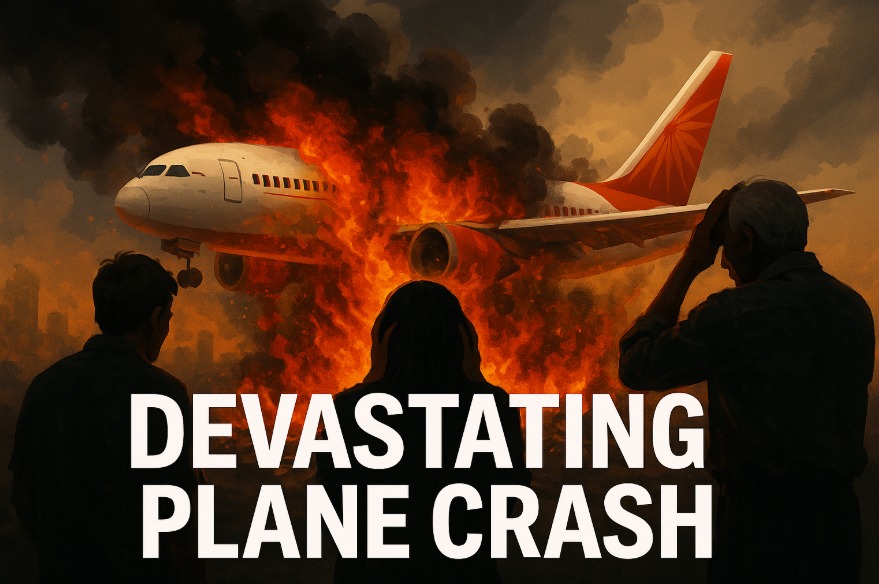A Community Shattered
On June 12, 2025, a Boeing 787 Dreamliner—Air India Flight AI 171, en route from Ahmedabad to London—succumbed to disaster just seconds after lift-off from Sardar Vallabhbhai Patel International Airport. According to Faiz Ahmed Kidwai, Director General of the Directorate General of Civil Aviation (DGCA), Air India flight AI 171 took off at 1:39 p.m. local time.
Just five minutes later, it crashed into a residential locality known as Meghani Nagar. The aircraft was under the command of Captain Sumeet Sabharwal, with First Officer Clive Kundar as the co-pilot. Just one passenger, 40‑year‑old Vishwash Kumar Ramesh, survived. He later recounted opening his eyes to chaos and narrowly scrambling out before the wreckage collapsed.
In case of death or injury during an international flight, airlines in India are required to follow the Montreal Convention, 1999, which India has signed. In case of a deadly accident like the AI171 crash, the Montreal Convention says each passenger’s family can get up to ₹1.8 crore as compensation. However, the final amount is usually decided by Indian courts.
Regulatory bodies—DGCA and the Aircraft Accident Investigation Bureau (AAIB)—now lead investigations, examining every flight parameter and maintenance detail.
Immediate Aftermath: Rescue, Ruin, Redress
On the ground, local services and volunteers flooded into the wreckage, battling fires and pulling out injured students. The Gujarat CM set up green corridors to speed victims to hospitals. Meanwhile, the airline:
- Launched an emergency response centre and helpline.
- Promised communication updates and helpline support for families of the 242 onboard.
- The Tata Group, Air India’s parent company, announced ₹1 crore compensation per deceased victim, with official legal calculations still underway.
Legal Avenues for Families & Survivors
Victims’ families and the sole survivor may pursue legal remedies that include:
Immediate compensation under the Montreal Convention
Passengers are eligible for compensation up to 128,821 Special Drawing Rights (SDRs) – around Rs Rs 1.4 crore per person, regardless of who is at fault.
If it is proven that the airline was negligent, families may get higher compensation.
According to DGCA guidelines, Indian airlines typically apply similar rules for domestic flights, even though the rule is for international flights.
A comprehensive investigation involving pilot statements and black-box data may take several months, even though the courts may soon publish preliminary findings.
Echoes Across India: Legal & Institutional Response
Institutions from the Supreme Court Bar Association and Gujarat High Court expressed sorrow, offering prayers and even observing two minutes’ silence on June 13. The legal community has unanimously called for full victim support and systemic safety reforms.
What Happens Now?
The AAIB, backed by the NTSB and FAA, is combing through flight data recorders, cockpit voice recorders, and maintenance logs.
Regulatory upgrades to pilot training, emergency protocols, and aircraft maintenance processes will be under intense review.
The courts will determine how much responsibility the airline bears and whether those limits should apply. Families have the right to demand full compensation above the set limits.
AUTHOR
Pragya Jakhar is a second-year Lovely Professional University student pursuing a B.A. LL.B. (Hons.). Human rights and constitutional law particularly interest her. Pragya likes to write about legal subjects and is committed to improving and making the legal system more accessible to all.
Throughout the years, she has written numerous articles that examine important legal issues, and her growing comprehension of the operation of the law, both in books and in practice, allows her to contribute perceptive opinions to academic and policy discussions. She enjoys keeping up with news and significant court decisions.

